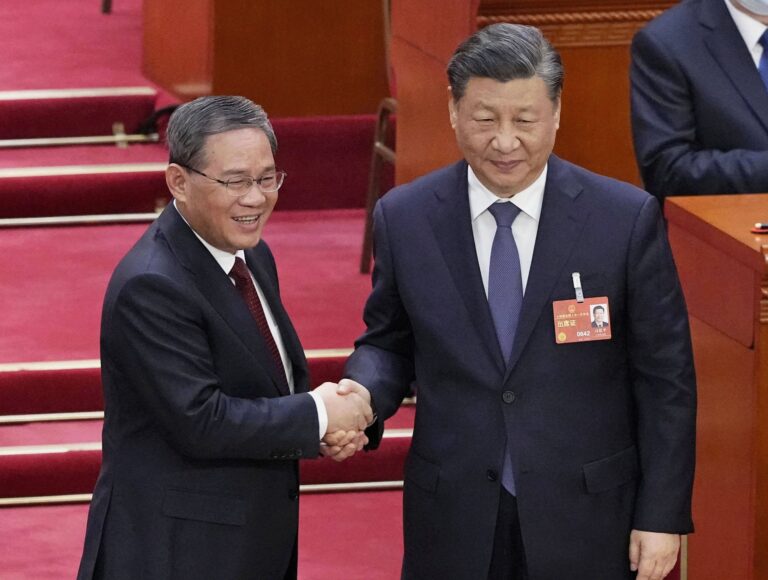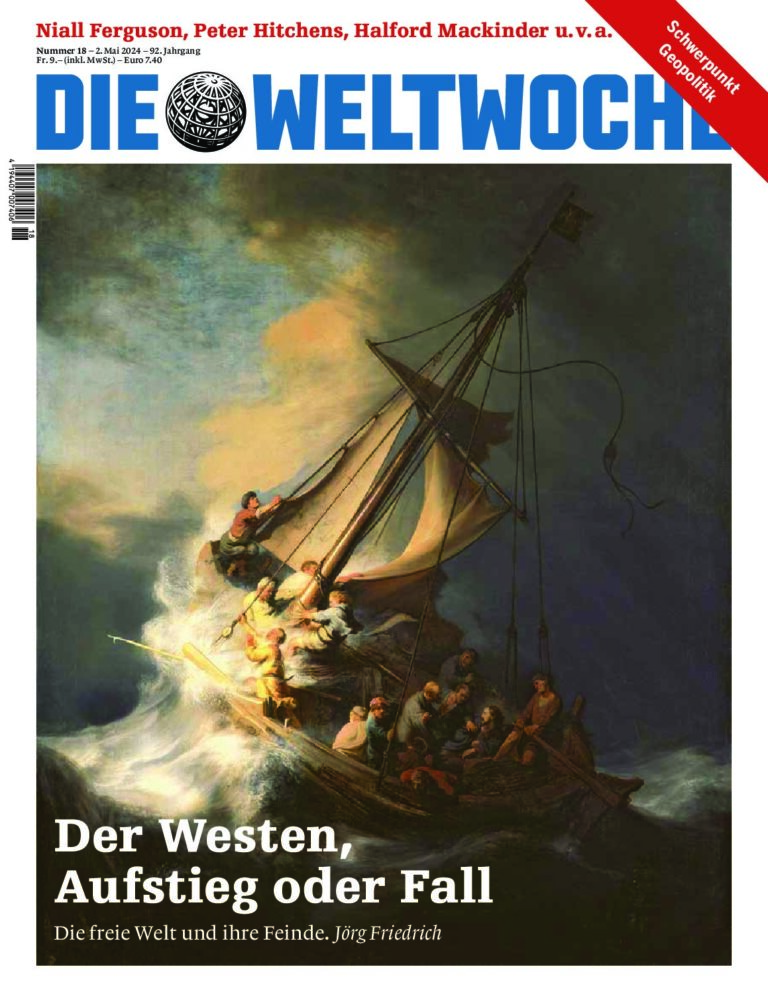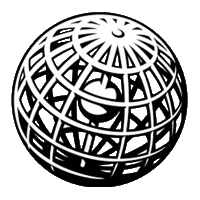

Natural advantage: Xi Jinping with Prime Minister Li Qiang, March 2023.
Bild: IMAGO / IMAGO/Kyodo News
China is the fastest-growing and most successful economy of the past fifty years. If Europe decouples from this powerhouse, it will miss out on the Fourth Industrial Revolution.
Bitte beachten Sie die Netiquette-Regeln beim Schreiben von Kommentaren.
Den Prozess der Weltwoche-Kommentarprüfung machen wir in dieser Erklärung transparent.









 By Uwe Parpart und David P. Goldman
By Uwe Parpart und David P. Goldman